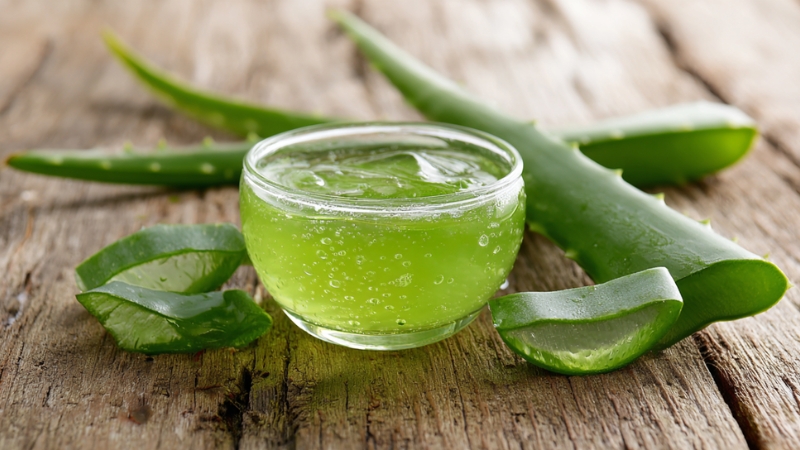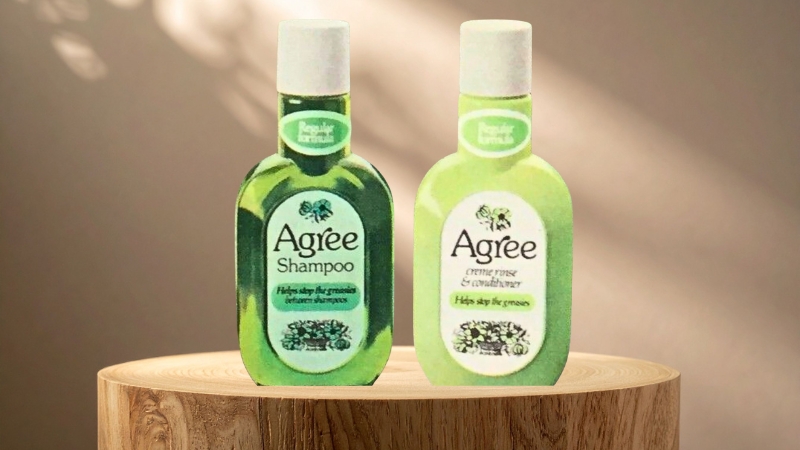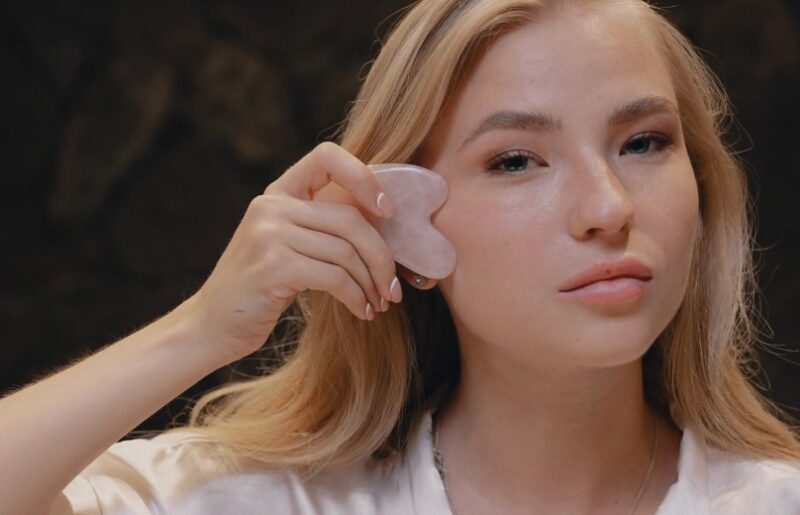
Share Post:
If your bathroom shelf looks like a mini beauty store, you are not alone. The skincare world is buzzing with products that promise glowing, youthful skin. But when routines get overloaded or products are misused, the results can backfire.
Dermatologists see the same avoidable mistakes over and over, and many of them stem from small daily habits that quietly chip away at skin health.
The good news? Most of these mistakes are easy to correct once you spot them. Below is a clear, practical guide rooted in dermatology insights and medical recommendations. You will find both the “why” behind each issue and the “how” to fix it.
Note: None of this replaces medical advice. If you have worsening acne, strange rashes, or concerning moles, always consult a board-certified dermatologist.
At-a-Glance Fixes
| Mistake | Why it hurts | The fix that works |
| Skipping sunscreen or using too little | UV and visible light accelerate aging, spots, and cancer risk | Broad-spectrum SPF 30+, reapply every 2 hours, use enough product |
| Over-exfoliating | Strips barrier, leads to irritation | Limit exfoliation, use gentle cleanser, moisturize |
| Product roulette | Constant switching irritates and delays results | Stick with actives 6–8 weeks before judging |
| Popping pimples | Scarring, infection, lingering spots | Acne patch, warm compress, see derm for cysts |
| Sleeping in makeup | Clogs pores, causes breakouts | Remove makeup nightly, clean brushes |
| Hot, long showers | Dryness, worsens eczema | Short, warm showers, moisturize after |
| Mixing actives carelessly | Irritation, reduced efficacy | Start slow, layer with guidance, separate if needed |
| Ignoring neck, ears, lips, hands | Early aging, sun damage | Extend SPF and moisturizer beyond face |
| Using fragrance on reactive skin | Allergic rashes, eczema flares | Fragrance-free, patch test |
| Over-washing or harsh soap | Disrupts pH, barrier damage | Gentle cleanser, fingertips only |
| Skipping moisturizer on oily skin | Barrier weakens, acne worsens | Lightweight, non-comedogenic moisturizer |
| Not tailoring for skin tone | Uneven pigmentation risk | Daily sun protection, tinted SPF with iron oxides |
| Using expired sunscreen | Weaker protection | Replace after 3 years (or sooner if heat-exposed) |
| Neglecting hairline/hair products | Breakouts along edges | Avoid oily styling, cleanse after workouts |
| Not patch testing | Surprise irritation | Spot test 7–10 days before full use |
| DIY citrus/acids | Burns, pigment changes | Stick with tested actives, avoid lemon-on-skin myths |
| Using pregnancy-unsafe actives | Retinoids can cause birth defects | Review routine with OB-GYN and derm |
Mistake 1: Skipping Sunscreen or Using Too Little
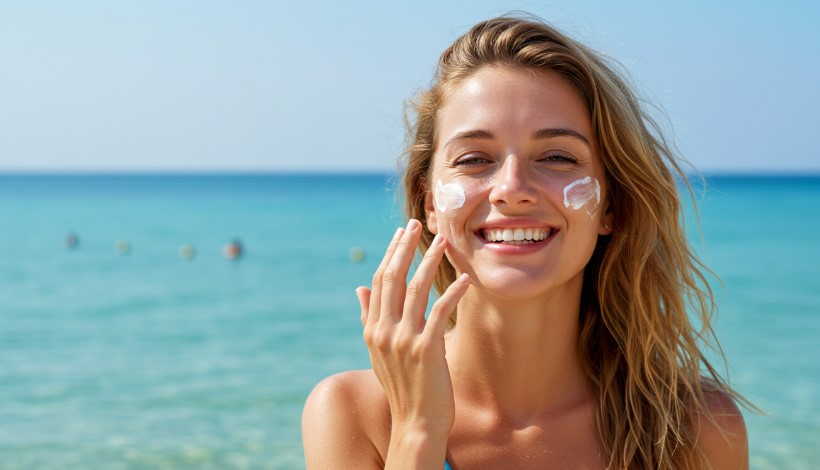
Sunscreen is not optional. It is the backbone of every skincare plan, regardless of age, gender, or skin tone. UV rays fuel wrinkles, sunspots, and cancers, while visible light worsens pigmentation in darker skin tones.
Dermatologists emphasize consistent sun protection, but for those seeking lasting facial rejuvenation, professional-grade options are available through trusted outlets like Dkdermal stylage supplier.
Dermatologists recommend:
- Broad-spectrum SPF 30 or higher
- Water-resistant formulas for outdoor activity
- At least 1 teaspoon for face and neck, 1 ounce for full body
- Reapply every 2 hours, especially after swimming or sweating
Pro tip: SPF testing in labs assumes you apply 2 mg/cm². In real life, most people use half or less, which dramatically cuts protection.
Using the “two-finger method” (two full strips of sunscreen along your index and middle fingers) helps you get closer to the right dose for face and neck.
Mistake 2: Over-Exfoliating
Exfoliation feels satisfying, but scrubs and acids can go too far. Stripping the barrier leaves skin raw, tight, and more prone to redness or breakouts.
How to balance:
- Use exfoliants 1–3 times a week, not daily, unless specifically directed
- Avoid layering multiple exfoliants (like glycolic plus salicylic on the same day)
- Moisturize right after
- Skip exfoliation if your skin already feels irritated or flaky
Think of exfoliation as seasoning in cooking: powerful when done right, but a problem if you keep piling it on.
Mistake 3: Playing Product Roulette
Switching serums every few days rarely gives your skin a chance to improve. Most actives – retinoids, vitamin C, niacinamide, or acne treatments take weeks to months to show results.
- Acne routines: expect improvement around 4–8 weeks, clearer results by 3–4 months
- Retinoids: gradual smoothing and evening of tone often shows after 3 months
- Pigmentation treatments: noticeable change in 8–12 weeks
Stick with one change at a time. If you introduce multiple products and irritation hits, you will not know the culprit.
Mistake 4: Popping Pimples
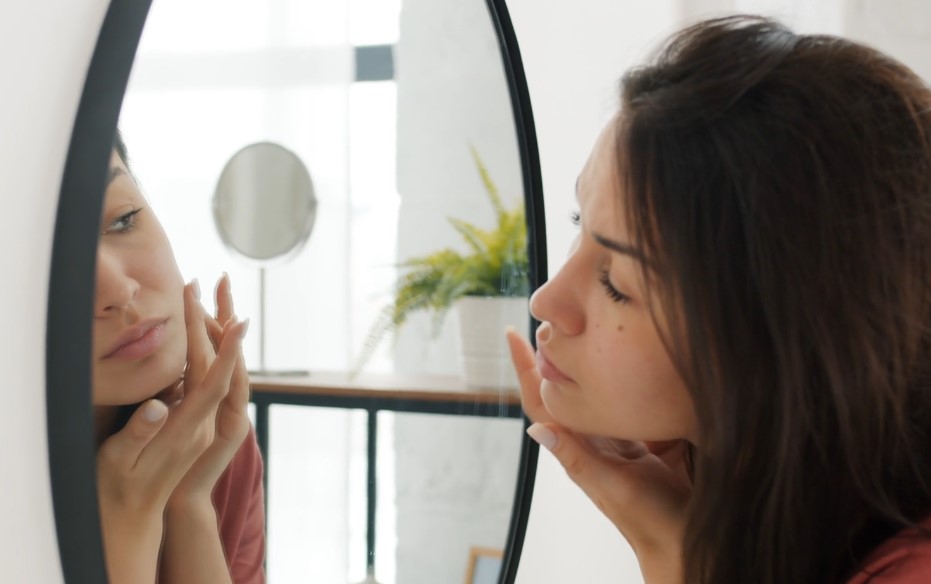
It feels tempting, but squeezing zits usually drives bacteria and debris deeper, causing bigger, redder spots. Scarring and dark marks often follow.
Better choices:
- Hydrocolloid acne patches to absorb fluid
- Warm compress to ease swelling
- Benzoyl peroxide or salicylic acid treatment for active breakouts
- Dermatologist extraction or injections for large cysts
Your hands are rarely the solution—unless they are applying a product, keep them off.
Mistake 5: Sleeping in Makeup or Sharing Brushes
Even if a foundation is labeled non-comedogenic, leaving it overnight clogs pores. On top of that, shared brushes or products transfer bacteria, oil, and dead skin.
- Always remove makeup before bed with a gentle cleanser or micellar water
- Wash brushes weekly
- Keep makeup personal—sharing is a fast track to breakouts and even infections
Mistake 6: Hot, Long Showers

Steaming-hot water feels amazing but leaves skin parched. Prolonged exposure strips natural oils and worsens eczema.
Dermatologist advice:
- Limit showers to 5–10 minutes
- Use lukewarm water
- Apply moisturizer immediately after, while skin is damp
That quick moisturizer step locks in hydration far more effectively.
Mistake 7: Mixing Actives Haphazardly
Some active ingredients play well together, others are a recipe for irritation. For example:
- Retinoids + strong acids → high risk of redness
- Benzoyl peroxide + retinoids → can work but often irritate unless carefully balanced
- Vitamin C + exfoliants → can sting sensitive skin
Smarter layering order:
- Morning: cleanse → treatment → moisturizer → sunscreen
- Night: cleanse → treatment → moisturizer
Keep it simple until you know how your skin tolerates things. Add one active at a time, wait 6–8 weeks, then reassess.
Mistake 8: Ignoring Your Neck, Ears, Lips, and Hands
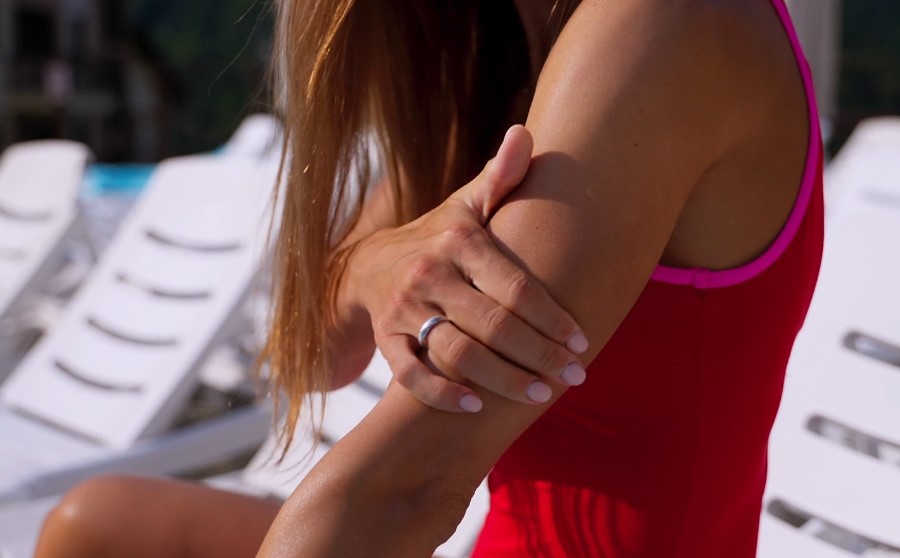
Sun damage does not stop at your jawline. Some of the earliest signs of aging show up on the neck, the back of the hands, and around the lips.
- Extend sunscreen and moisturizer beyond your face
- Use lip balms with SPF 30 or higher
- Remember ears and scalp if exposed
Mistake 9: Using Fragrance on Reactive Skin
Fragrance is one of the top causes of contact dermatitis. Even “unscented” does not always mean fragrance-free: check the label.
- Choose fragrance-free products if you are prone to eczema or irritation
- Patch test new items before going full-face
Mistake 10: Over-Washing or Using Harsh Soap
Scrubbing harder or more often will not cure acne. Instead, it weakens the barrier and worsens inflammation.
- Wash twice daily with fingertips, not rough tools
- Choose gentle, pH-balanced cleansers
- Pat dry instead of rubbing with a towel
Mistake 11: Skipping Moisturizer Because Your Skin Is Oily
Oily skin still needs hydration. Without it, your barrier weakens, acne meds become harder to tolerate, and breakouts may worsen.
Look for:
- Lightweight gel or lotion textures
- Labels that say “non-comedogenic”
- Formulas with barrier-supporting ingredients like ceramides or hyaluronic acid
Mistake 12: Not Tailoring Sun Protection for Skin of Color
Everyone needs sunscreen, but darker skin tones face a unique issue: visible light can worsen pigmentation. Tinted sunscreens with iron oxides protect against this along with UV.
Choose a formula that blends with your tone and works under makeup if you wear it. Daily use helps prevent uneven dark patches.
Mistake 13: Using Expired Sunscreen
SPF potency drops over time, especially if the bottle sits in a hot car or beach bag.
- Replace sunscreen every 3 years if no date is printed
- Toss if the texture, color, or smell changes
- Keep fresh bottles handy for travel and sports bags
Mistake 14: Neglecting Hairline and Hair Products
Heavy pomades, oils, and leave-in conditioners can cause acne around the forehead and hairline. Dermatologists call it “pomade acne.”
- Avoid letting styling products touch your skin
- Cleanse your hairline after workouts
- Choose lighter, non-comedogenic formulas if you notice breakouts
Mistake 15: Not Patch Testing
A new serum can turn into two weeks of irritation if you skip testing. A patch test helps prevent that.
- Apply a pea-sized amount to inner arm or jawline for 7–10 days
- If redness, burning, or bumps appear, stop immediately
Simple habit, big payoff.
Mistake 16: DIY Acids or Citrus on Skin
Lemon juice and vinegar do not belong in skincare. They can trigger burns, rashes, or pigmentation problems. Citrus plus sun can cause phytophotodermatitis—a reaction that mimics chemical burns.
Safer bet: stick with proven, tested ingredients in regulated products.
Mistake 17: Using Pregnancy-Unsafe Actives
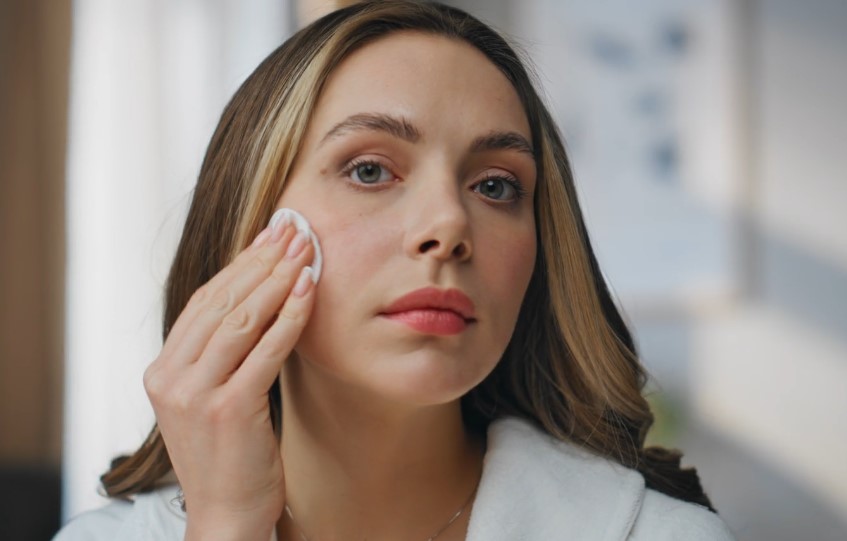
Certain skincare ingredients are unsafe during pregnancy:
- Oral isotretinoin: extremely dangerous, causes birth defects
- Topical retinoids: generally avoided during pregnancy and breastfeeding
If you are pregnant or trying, review every product with your OB-GYN and dermatologist. Safer alternatives often include azelaic acid or certain topical antibiotics.
Building a Routine That Works
Consistency beats intensity. Most routines only need three or four steps:
- Morning: gentle cleanser → treatment (if prescribed) → moisturizer → SPF 30+
- Evening: gentle cleanser → treatment → moisturizer
Sunscreen dosing made simple
- Face + neck: two fingers of product
- Full body: a shot-glass worth
Respect your barrier
If skin feels tight, stings, or flakes, scale back actives and moisturize more.
Know when to see a dermatologist
- Deep, painful nodules
- Scarring or worsening breakouts
- Rashes or pigmentation that do not improve
Irritating Pairings to Watch
| Pairing | Why it can be tricky | Smarter approach |
| Strong acid + retinoid | High irritation | Alternate nights or buffer with moisturizer |
| Benzoyl peroxide + retinoid | Can work but often harsh | Start low, space AM/PM, moisturize |
| Vitamin C + exfoliants | Can sting in sensitive users | Start vitamin C first, add acids later |
| Multiple new actives at once | Hard to identify problems | Add one product every 2–3 weeks |
Final Words
Healthy skin is not about owning every serum on the market. It is about choosing evidence-backed steps, giving them time to work, and protecting your skin from daily damage.
Tightening up sunscreen habits, cutting back on over-exfoliation, resisting the urge to pick, and patch testing new products can make a world of difference.
With consistency, patience, and a little science-based care, you are more likely to see calmer, clearer, and healthier skin that actually reflects the effort you put in.
Related Posts:
- 20 Common Mistakes to Avoid When Creating a Spa Price List
- How Can You Tell if Noxzema Has Expired?
- Should You Swim with Jewelry? Can Water Damage Gold…
- How Much Does a Hot Tub Weigh and Can You Move It By…
- Toner vs. Essence vs. Serum – Which Belongs in Your Routine?
- How to Tell if Your Skincare Product Has Turned Bad



